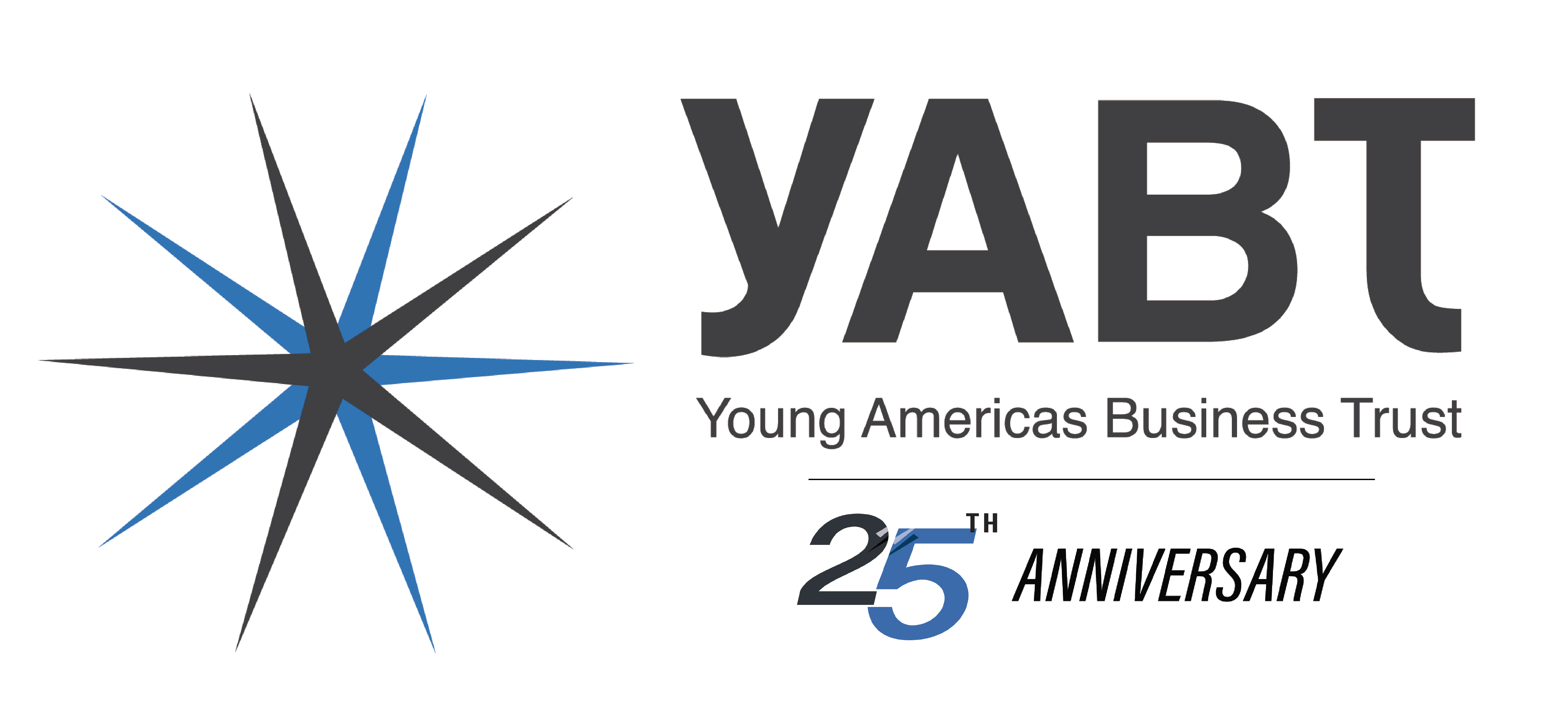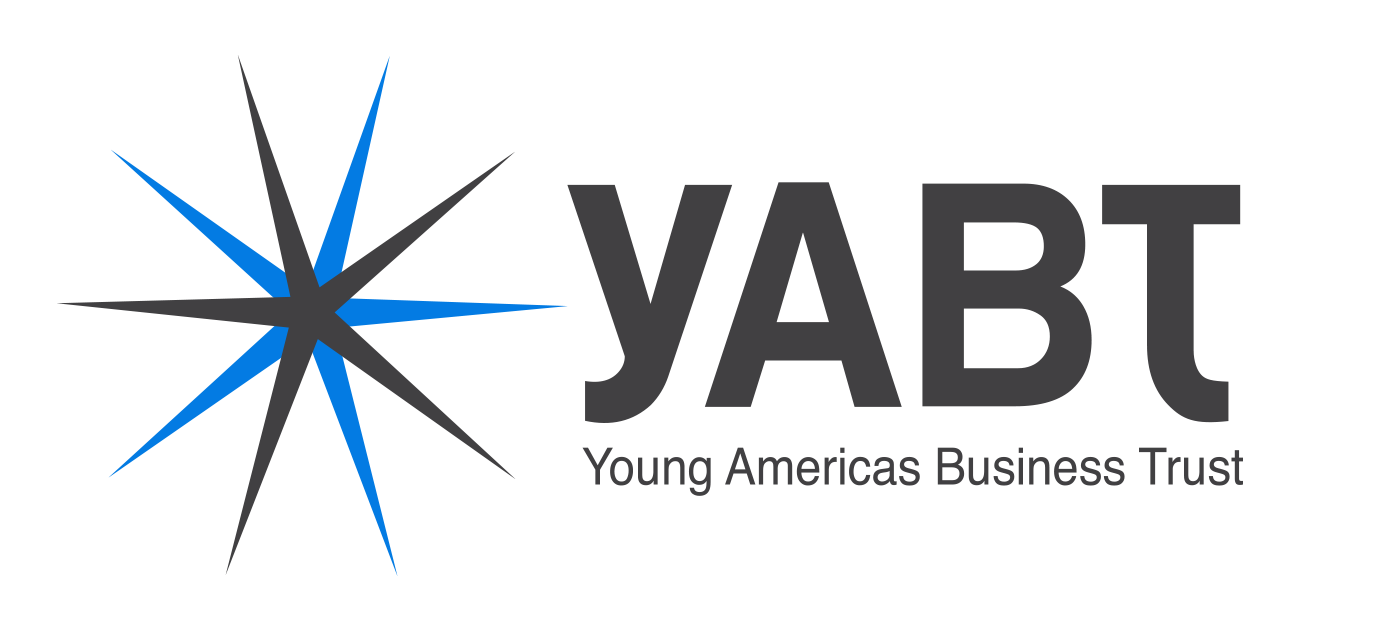Categories
The InnovAction 2.0 acts as a call for action to young people in the Western Hemisphere to support the efforts to build a more sustainable future and a more habitable planet by developing innovative and proven solutions that will reduce sources of emissions or increase nature’s ability to absorb them.
Category 1: Increasing energy efficiency and reducing waste.
We’re seeking ideas for initiatives and new business models across multiple sectors that improve energy efficiency, address waste, or increase eco-friendly transportation options.
These types of initiatives can contribute to cutting down on gas emissions (carbon, methane, nitrous oxide, f-gasses); this saves money and can make the air cleaner, which in turn can make people and the planet healthier. Examples could include solutions for:
- reducing or reclaiming food waste,
- switching to biogas for cooking,
- installing insulation or LED lighting,
- building green and cool roofs,
- capturing and digesting methane,
- managing refrigerants or methane leaks, and
- building bicycle infrastructure, to name a few.
Category 2: Protecting and managing natural resources.
We’re looking for business ideas and initiatives to promote sustainable livelihoods and food security while maintaining healthy oceans, soil, and forests.
These types of initiatives uplift natures’ absorption cycle. Our natural environment has a tremendous
capacity to absorb emissions. The ocean, soil and forests are the largest natural sinks on the planet.
Examples could include solutions for:
- protecting and restoring coasts, wetlands, or forests,
- farming seaweed,
- enhancing soil fertility naturally,
- improving fisheries,
- producing biochar,
- promoting agroforestry and regenerative agriculture,
- encouraging diets rich in fruits, grains, and vegetables, and
- ensuring Indigenous peoples´ forest tenure, among many others.
Sectors: Solutions can be found in key sectors such as food production and agriculture, land use, ocean and coastline restoration, and forest conservation, electricity, industry, transportation, building construction, among others. Examples include those identified by Project Drawdown.



